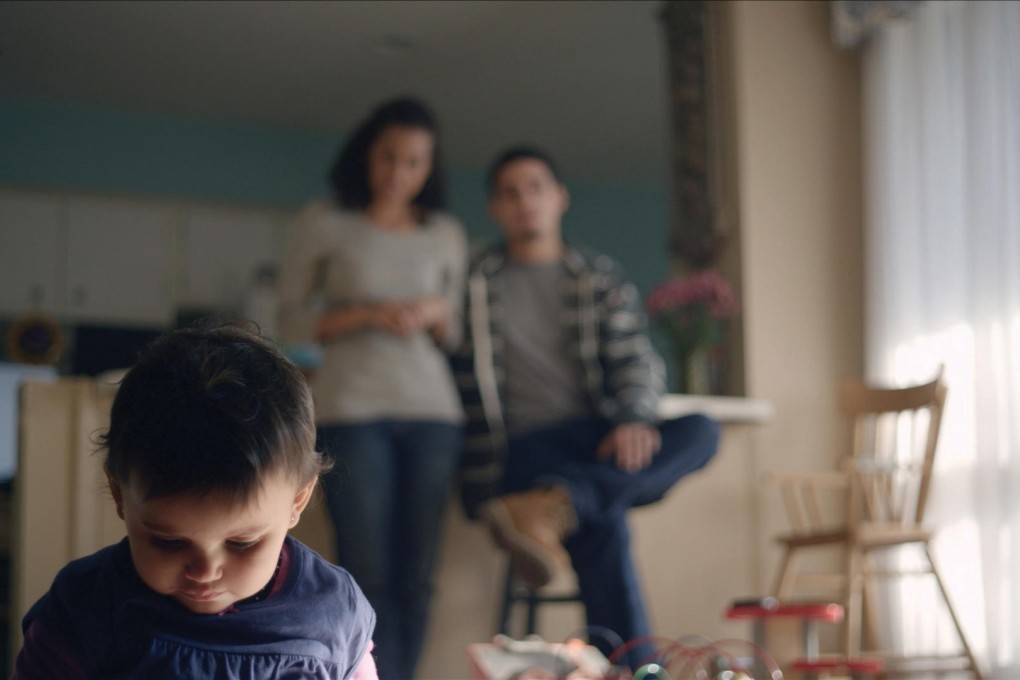Seven signs your child may have autism
Tips to help spot autism

Research shows that early intervention is beneficial for children with autism spectrum disorder, but on average children aren't diagnosed until age four or five. That's about two years later than is possible, according to the US Centres for Disease Control and Prevention.
Part of that delay is undoubtedly because autism spectrum disorder (ASD) is a developmental disorder that has widely ranging symptoms from mild to severe. Also, any symptoms a child is experiencing may not be immediately evident in toddlers.
What is clear is that at some point children with autism show deficits in social interaction, language and imaginative play.
"Too often, doctors take a wait-and-see approach," says Dr Joe Sniezek of the CDC's National Centre on Birth Defects and Developmental Disabilities. "While in a few instances that can be appropriate, far more often it results in children not getting the services they need at an early age, when those services can make the biggest difference in a child's development."
Dr Lisa Wiggins, developmental psychologist and epidemiologist at the CDC, says: "Children with ASD can be reliably diagnosed at age two, although many children are not diagnosed until age four or older."
Michael Rosanoff, director of public health research for the advocacy group Autism Speaks, says many factors can contribute to the later diagnoses.
